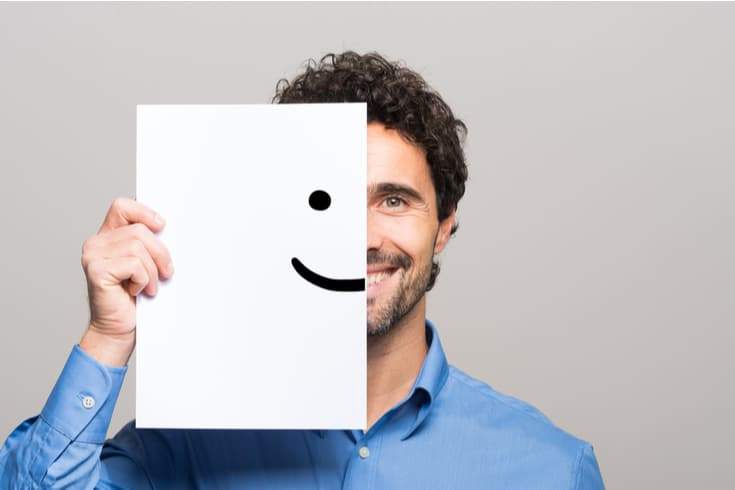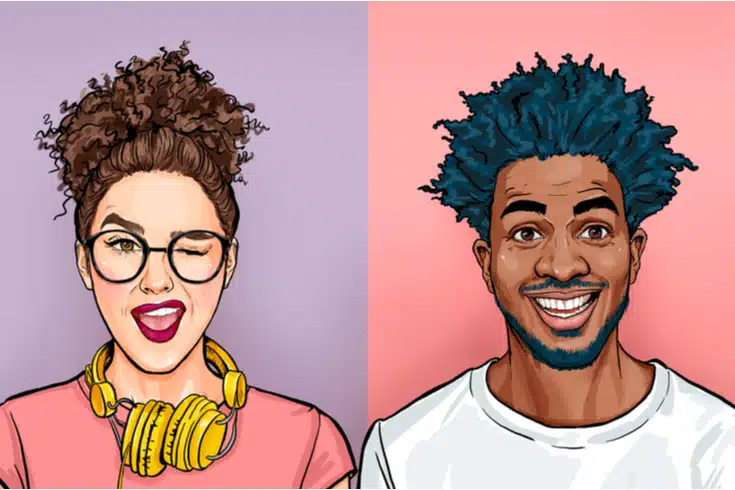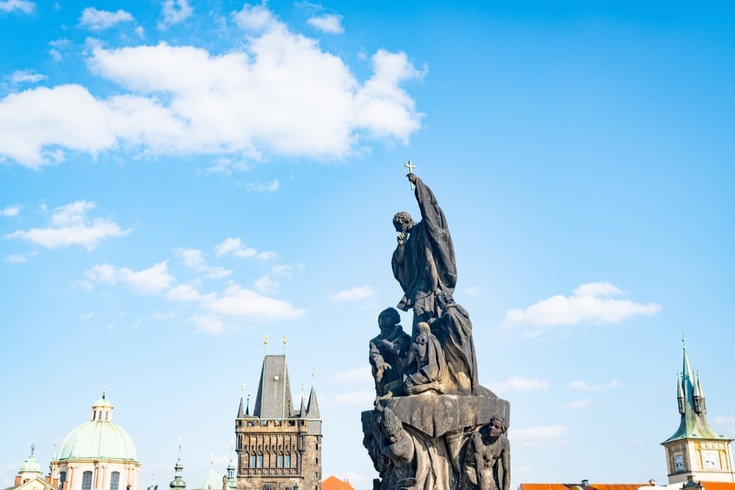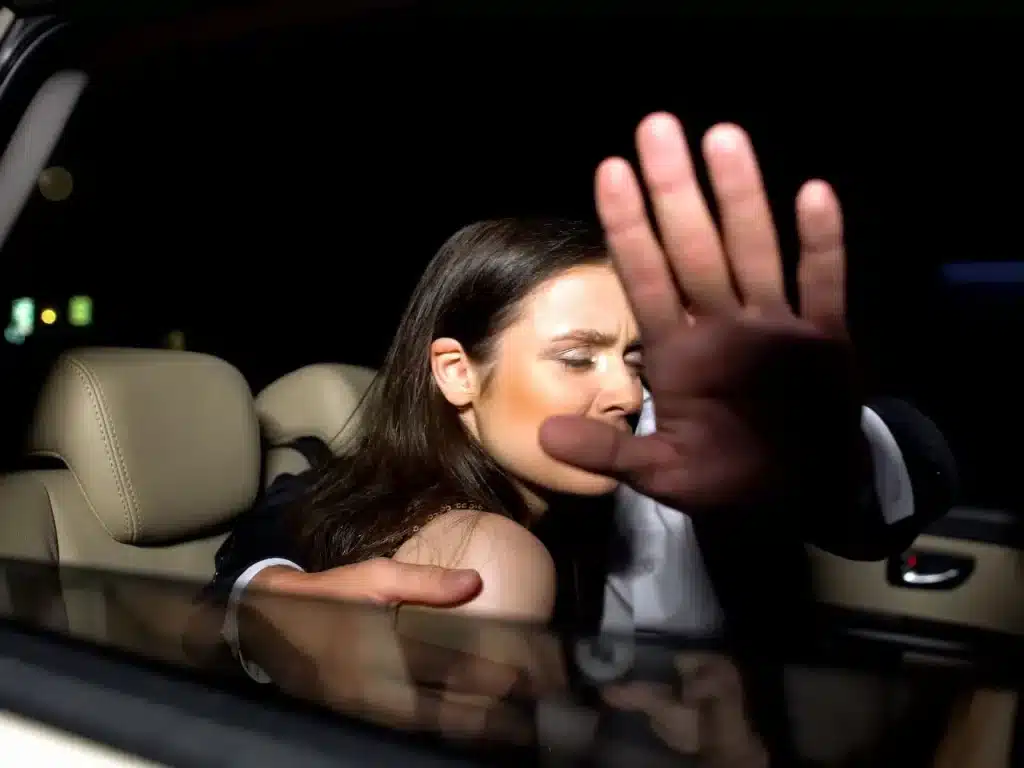Handling of Portrait Rights Regarding the Use of Images of Historic Figures

You may want to use photos of celebrities or notable figures in blogs, social media, or promotional materials. However, you would want to avoid being accused of rights infringement or being sued for damages after publication.
In such cases, it is standard procedure to obtain permission from the rights holders, such as the person themselves or the photographer. But what should you do in the case of historical figures who have already passed away?
Since the person is already deceased, permission cannot be obtained, and it is generally believed that the ‘right of publicity’ has ceased to exist. However, you cannot use it carelessly as there is a possibility of some problem arising after use.
Therefore, in this article, we will explain the ‘right of publicity’ when using images of historical figures, which is surprisingly unknown, based on laws and past precedents.
What is the Right of Publicity?
The right of publicity is not a right defined by law, but it is a right legally protected in relation to the filming and use of a person’s appearance in their private life.
In theories and precedents, the right of publicity is considered to be based on the “right to pursue happiness” of the citizens guaranteed by the Japanese Constitution.
Article 13
All citizens shall be respected as individuals. The right of the people to life, liberty, and the pursuit of happiness shall, to the extent that it does not interfere with the public welfare, require the greatest respect in legislation and other national policies.
Furthermore, the right of publicity includes the “right to privacy”, which is a type of personal right, and the “right to publicity”, which is a type of property right. The contents of each right are as follows:
Right to Privacy
The right to privacy consists of the “right not to have one’s appearance in private life photographed without consent” and the “right not to have one’s photographed image published or used without consent”. Normally, the term “right of publicity” refers to the right to privacy.
Right to Publicity
Using the names or photos of celebrities such as entertainers and athletes in advertising can be expected to increase sales more than just using products. This is because the portraits of famous people and celebrities have customer appeal, in other words, economic value.
In this way, the right to protect the portraits of famous people and celebrities with economic value and not to allow third parties to use them without the person’s consent is called the right to publicity.

Do Portraits and Illustrations Fall Under ‘Portrait Rights’?
Based on past precedents, it seems that the response varies depending on the realism and recognizability of the individual’s appearance.
Portraits
Portraits that depict the individual’s appearance as realistically and accurately as photographs are likely to be subject to ‘Japanese Portrait Rights’.
Illustrations
In cases where the artist subjectively captures the individual’s features, such as in caricatures, it is likely that they will not be subject to ‘Japanese Portrait Rights’ as creative works.
However, illustrations that accurately depict the individual, or those that make the individual easily recognizable, may be subject to ‘Japanese Portrait Rights’.
Do Historical Figures Have Portrait Rights?
As a general rule, individuals who have passed away are not recognized to have portrait rights, as they cannot experience emotional distress from the use or publication of their images.
However, laws regarding the portrait rights of deceased individuals vary by country and region, and in some places, portrait rights do not cease upon the individual’s death.
In particular, laws vary by state in the United States, so caution is necessary when using the portraits of foreign celebrities and famous people, even if they are historical figures.
Furthermore, in cases of malicious image use, such as defamation based on falsehoods, there may be a possibility of falling under the crime of defamation as defined in the Penal Code.
Article 230 (Defamation)
1. A person who publicly states a fact and damages the honor of another person shall be punished with imprisonment for up to three years or a fine of up to 500,000 yen, regardless of whether the fact is true or not.
2. A person who defames the honor of a deceased person shall not be punished unless it is done by stating a false fact.

About Infringement of Portrait Rights
Infringement of Privacy Rights
Merely infringing on privacy does not result in criminal punishment. However, if it is accompanied by illegal acts such as defamation, you may face requests for deletion, claims for consolation money, and claims for damages on the grounds of defamation.
Furthermore, the infringement of privacy rights related to portraits is determined by the following three requirements:
- The person can be clearly identified
- It is not something that the person accidentally appeared in while shooting something else
- It was published in a medium that many people see or that has high diffusion potential, like SNS
Infringement of Publicity Rights
In the case of celebrities and well-known people, if you use their portraits such as photos for advertising or sales without their permission, it may be considered an illegal act defined by the Civil Code (Japanese Civil Code), and you may face requests to stop sales and claims for damages.
What is Copyright?
This article focuses on “portrait rights,” but when actually using the portrait of a historical figure, it is essential to check the “copyright,” which has a long protection period.
Copyright is one of the intellectual property rights. It is the right to exclusively use works such as photographs, paintings, and music. It consists of two parts: the “author’s moral rights,” which protect personal rights, and the “copyright property rights,” which protect property rights.
Works
A work is something that creatively expresses thoughts or feelings and belongs to the realm of literature, academia, art, or music. It must meet all of the following requirements:
- Expresses “thoughts or feelings” (does not include mere data or facts)
- Is “expressed” (does not include mere ideas)
- Is a “creative” expression (does not include mere imitation)
- Belongs to the realm of “literature, academia, art, or music” (does not include industrial products)
Author’s Moral Rights
- Right to Disclose
The right to decide whether or not to disclose an unpublished work
- Right to Attribution
The right to decide whether or not to attach the author’s name to the work, and how to name it if attached
- Right to Integrity
The right not to have the content or title of the work altered against the author’s will.
Copyright Property Rights
- Right to Reproduce
The right to reproduce the work by printing, photography, copying, recording, etc.
- Right to Perform, Play, Show, and Exhibit
The right to publicly perform, play, show, and exhibit the work
- Right to Public Transmission
The right to make the work public via the internet or broadcasting
- Right to Transfer
The right to transfer the original work and reproductions of the work, excluding films, to the public
- Right to Lend
The right to lend reproductions of the work, excluding films, to the public
- Right to Translate, Adapt, etc.
The right to translate, arrange, transform, dramatize, film, and adapt the work
- Others
Right to Recite, Right to Distribute, Right to Use Derivative Works

Copyright Protection Period
Copyright arises at the time of creation of the work and, in principle, expires 70 years after the death of the author.
Exceptions to the Protection Period
There are exceptions to the copyright protection period depending on the name and type of work, as follows:
- Works by Anonymous or Pseudonymous Authors (excluding well-known pseudonyms)
70 years after disclosure (if it is clear that 70 years have passed since the death, up to that point)
- Works under a Corporate Name
70 years after disclosure (70 years after creation if not disclosed within 70 years of creation)
- Works of Film
70 years after disclosure (70 years after creation if not disclosed within 70 years of creation)
Unlike “copyright property rights,” which can be transferred, “author’s moral rights” expire upon the death of the author. However, acts that infringe on the author’s moral rights even after the author’s death are prohibited by the Copyright Law, so be careful.
Summary: Consult Lawyers when Using Portraits of Historical Figures
This time, we have provided a detailed explanation about the “right of publicity” when using images of deceased historical figures. We have covered the structure of the right of publicity, its subjects, the right of publicity of the deceased, infringement of the right of publicity, and “copyright”.
Even if it is the portrait of a deceased person, depending on how it is used, there is a possibility of facing criminal penalties or claims for damages. Therefore, we recommend consulting with a lawyer who has extensive knowledge and experience in advance, rather than making a decision on your own.
Introduction to Our Firm’s Measures
Monolith Law Office is a legal office with high expertise in both IT, particularly the Internet, and law. In recent years, intellectual property rights surrounding copyrights have been attracting attention, and the need for legal checks is increasingly growing. Our firm provides solutions related to intellectual property. Details are described in the article below.
Category: Internet





















